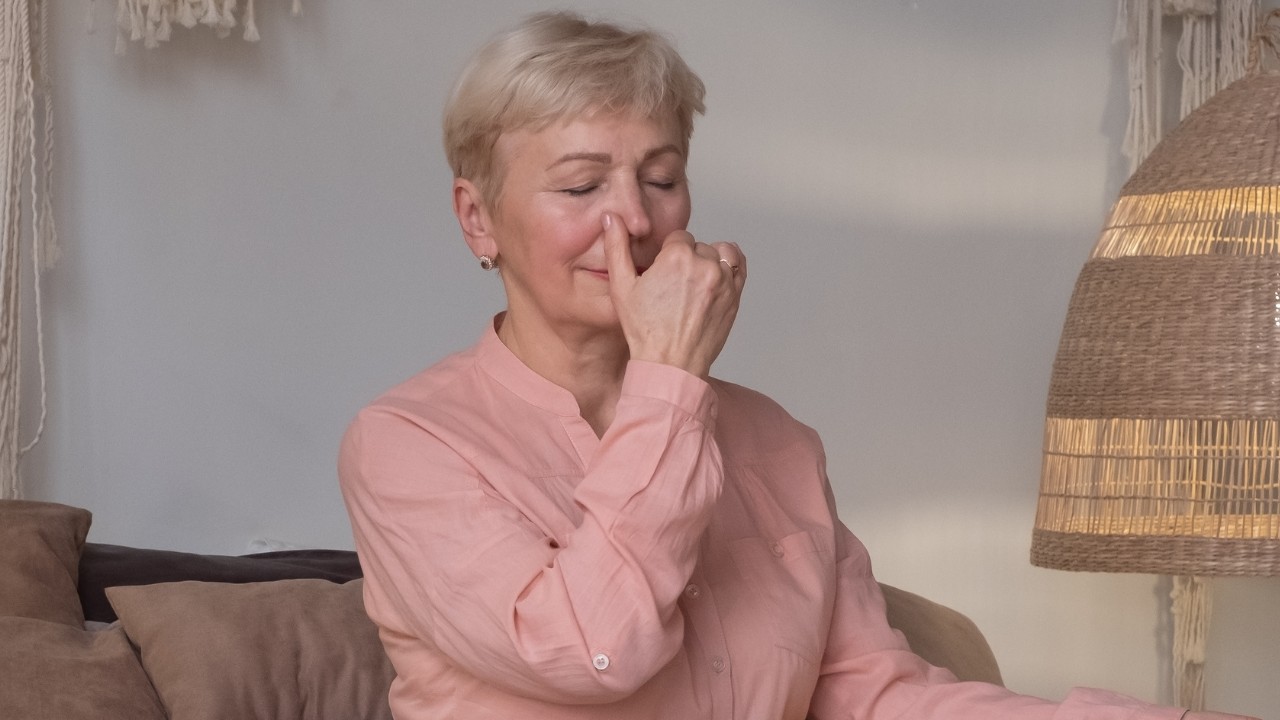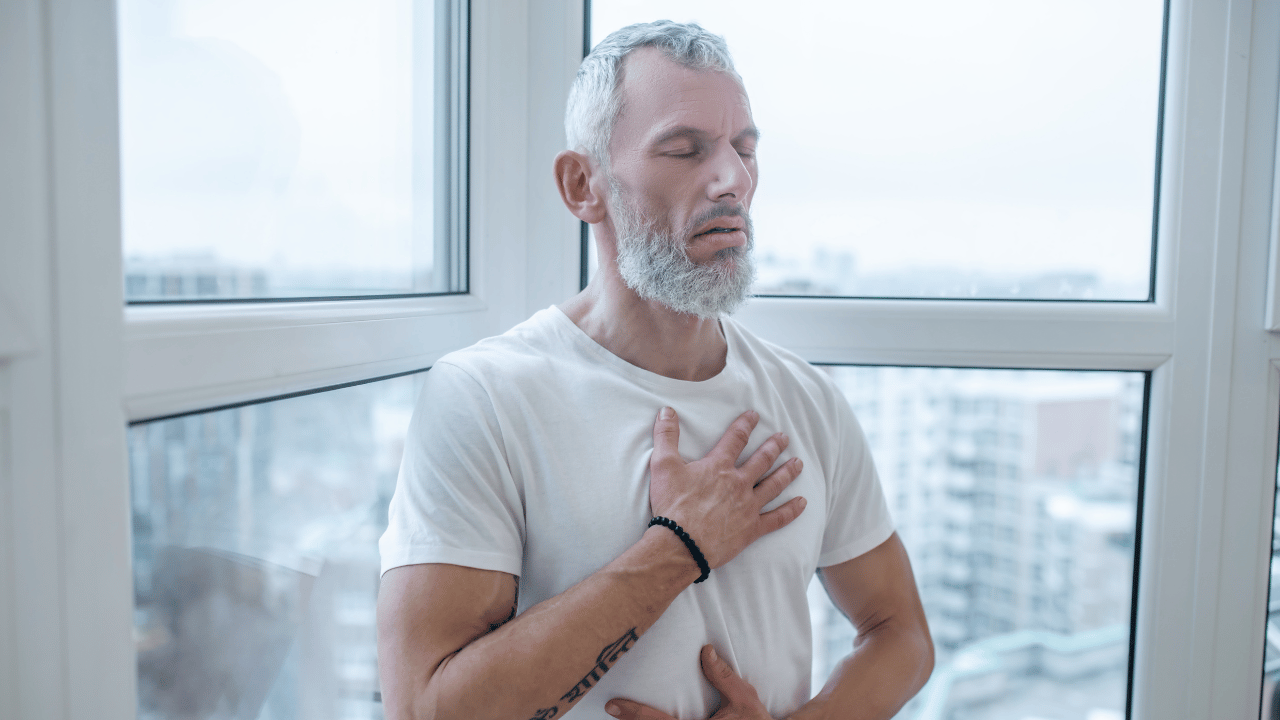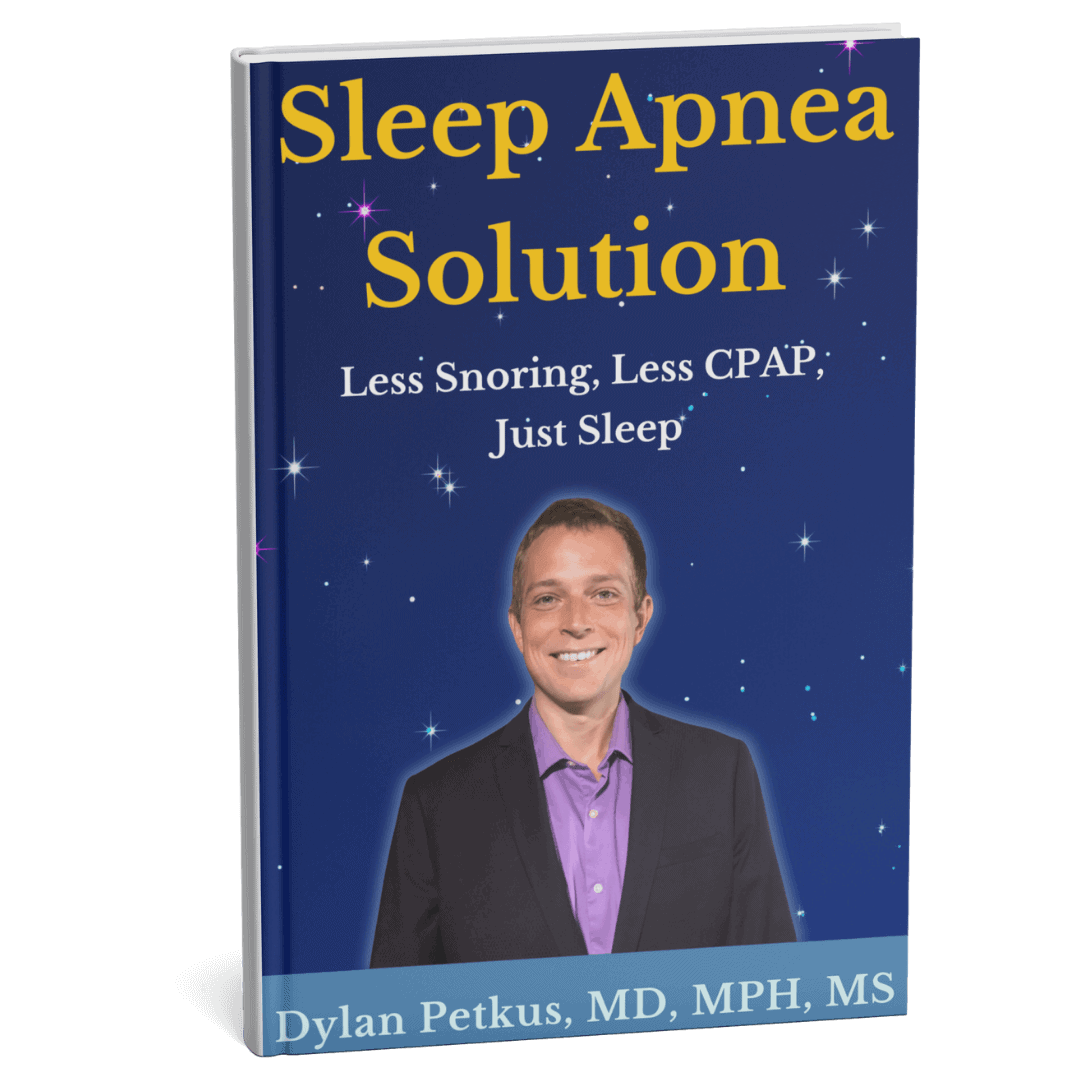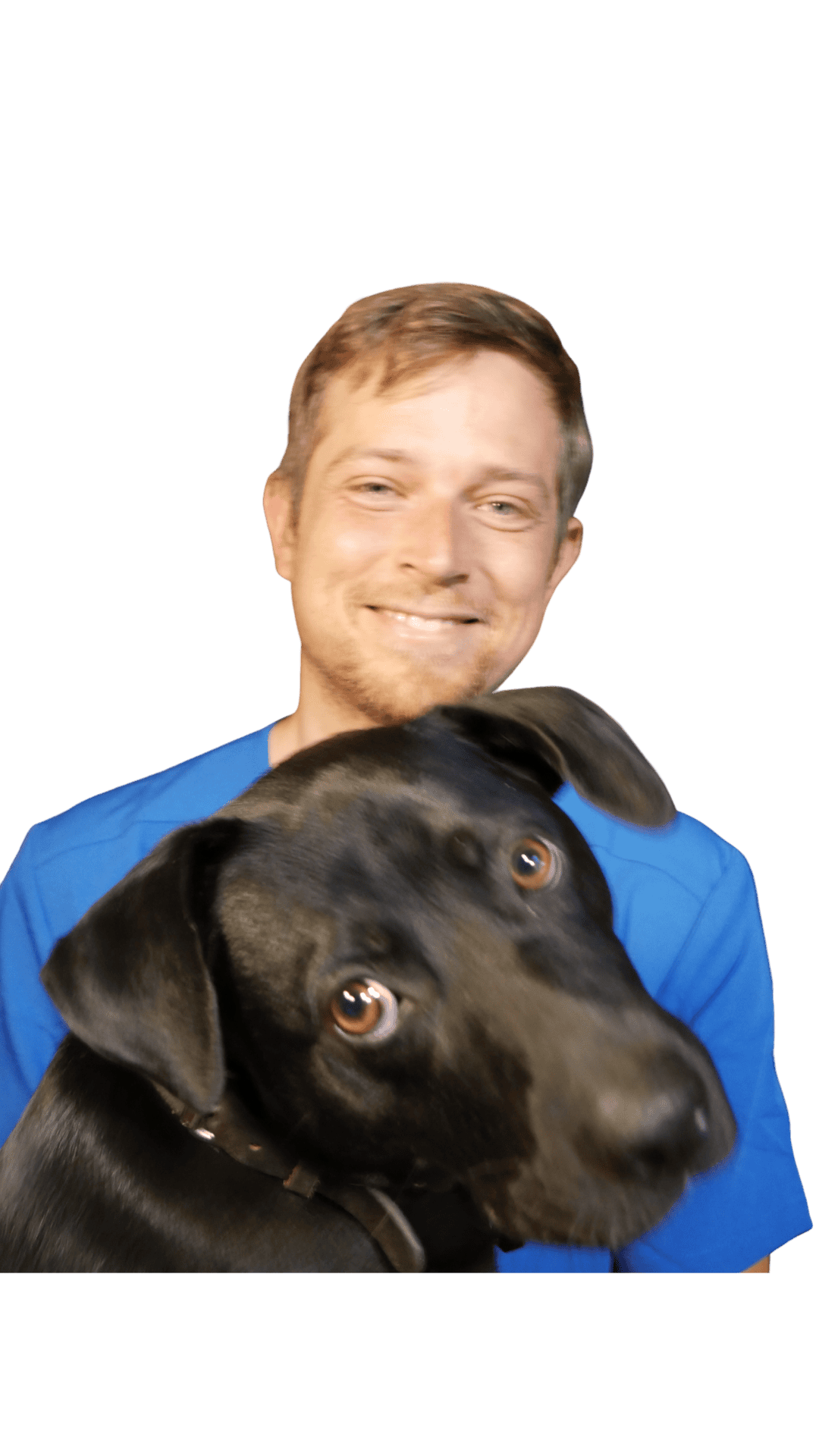
Learning breathing techniques and practicing nose, mouth, and throat exercises for sleep apnea can support excellent outcomes, whether you’d like to reduce the severity of nighttime snoring or have lived with obstructive sleep apnea for years and want to understand the best ways to promote healthy breathing.
These exercises are technically known as ‘myofunctional’ or ‘oropharyngeal’ techniques. They rely on repeating patterns and movements that train your muscles and airways to solidify the functions and stability of the breathing mechanisms you depend on while you rest.
While there are no established medical or natural ways to cure sleep apnea entirely, there is evidence that the right breathing routines can be worthwhile over time, especially if you are looking to adopt more holistic practices as part of your approach to sleep apnea.
Introducing Nasal Breathing for Sleep Apnea Sufferers
Along with a protein-rich, healthy sleep apnea diet plan, breathing techniques are typically recommended for people who want to take actionable steps to enhance the quality of their sleep, often combined with changes to their sleep routine and overall command of stress.
The basics are that when you sleep, the symptoms of sleep apnea, such as sudden wakefulness, gasping for air, or pauses in your breathing, are caused by pressure and narrowing in your airways. This makes you breathe faster, pulling your tongue backways and creating an exacerbated restriction in the airway.
Breathing exercises work by changing the way you maintain normal oxygen saturation at rest. They can also be used as a physical approach to alter your facial posture if medical conditions impact your breathing.
Myofunctional rehabilitation is a broad area and covers multiple exercises that address issues related to your neck, throat, breathing, and tongue position, among others–with no risks or downsides aside from dedicating a little time each day. However, it is important not to discontinue any medications a practitioner prescribes as breathing techniques do not deliver instantaneous results. Skipping a prescribed medication could carry health risks and should be discussed with your physician.

Can Nasal Breathing Techniques Help Develop Better Sleep?
Several credible clinical studies have evaluated the efficacy and success of breathing techniques, including nasal breathing exercises:
- One study found that using myofunctional interventions to aid with obstructive sleep apnea lowered symptoms in 50% of adults and 62% of children, including higher oxygen saturation, less snoring, and better sleep outcomes.
- A separate review of previous research projects with a similar focus found that breathing exercises, compared to routine medical options, could reduce daytime fatigue and augment sleep quality.
Most specialists recommend practicing breathing exercises for up to thirty minutes daily, although sustained breathing training is also important. Following the exercises for three months or more is thought to be more effective than performing them for longer each day but for a shorter period.

Examples of Nasal Breathing Exercises That May Promote Natural Nighttime Breathing
The norm is to breathe through our noses during the day, although shortness of breath due to a restricted airway at night can prompt breathing through the mouth. Snoring, often a symptom of sleep apnea, is generally more likely to occur in people who breathe primarily through their noses.
Nasal breathing techniques may be recommended to strengthen the muscles in the mouth and throat. However, some people with sleep apnea may prefer to combine techniques rather than focusing solely on nasal breathing. Much may depend on the nature and causes of your sleep apnea, but it could be beneficial to work on breathing through your diaphragm, tightening and releasing your jaw, and developing your tongue movements.
Exercises can include:
- Focused breathing through each side of the nose, closing one nostril at a time with a fingertip, and breathing deliberately and slowly for several repetitions before changing sides
- A mouth breathing exercise called ‘balloon breathing,’ which involves using a balloon and concentrating on breathing into the neck with sufficient force to inflate it, repeating the technique several times
Like all forms of exercise, building and strengthening muscles and reinforcing breathing movements and patterns take time, although the lack of equipment means you can perform breathing techniques at any time you choose. Sleep Apnea Solution, the latest book by award-winning researcher and peer-reviewed author Dr. Dylan Petkus offers more detailed instructions and information about breathing techniques for sleep apnea!



